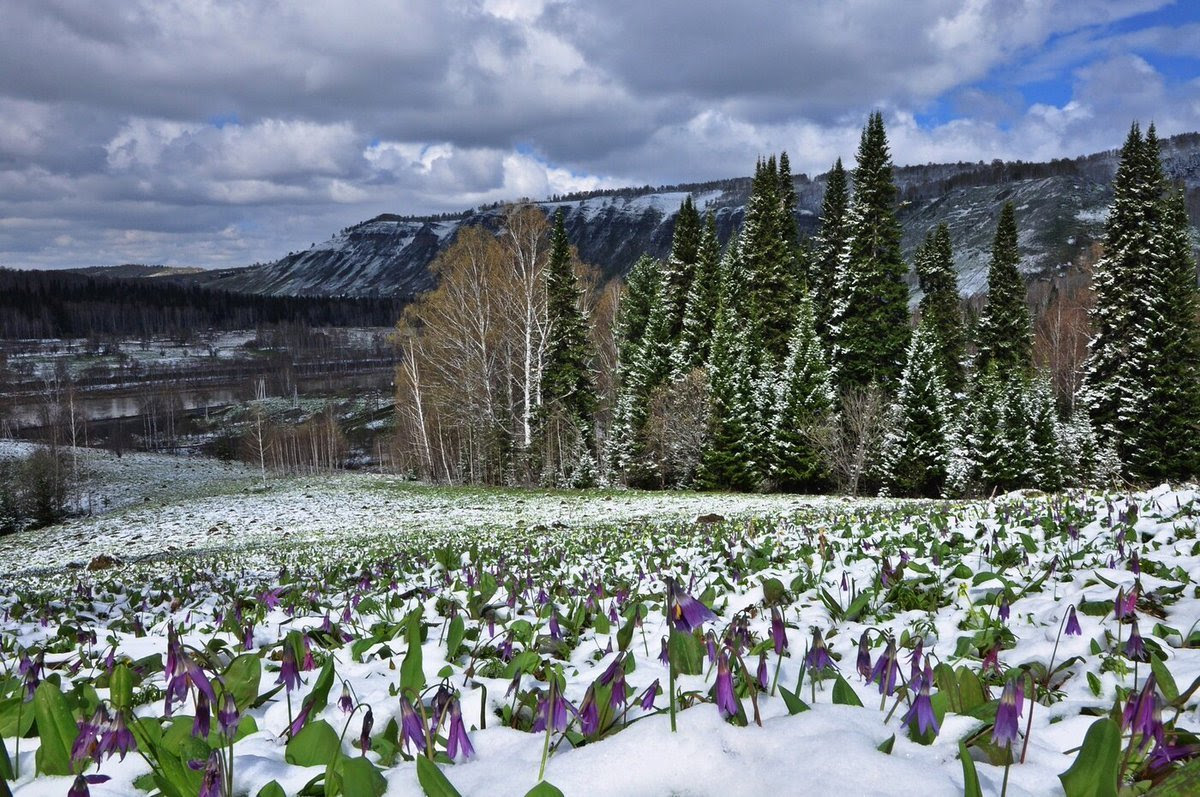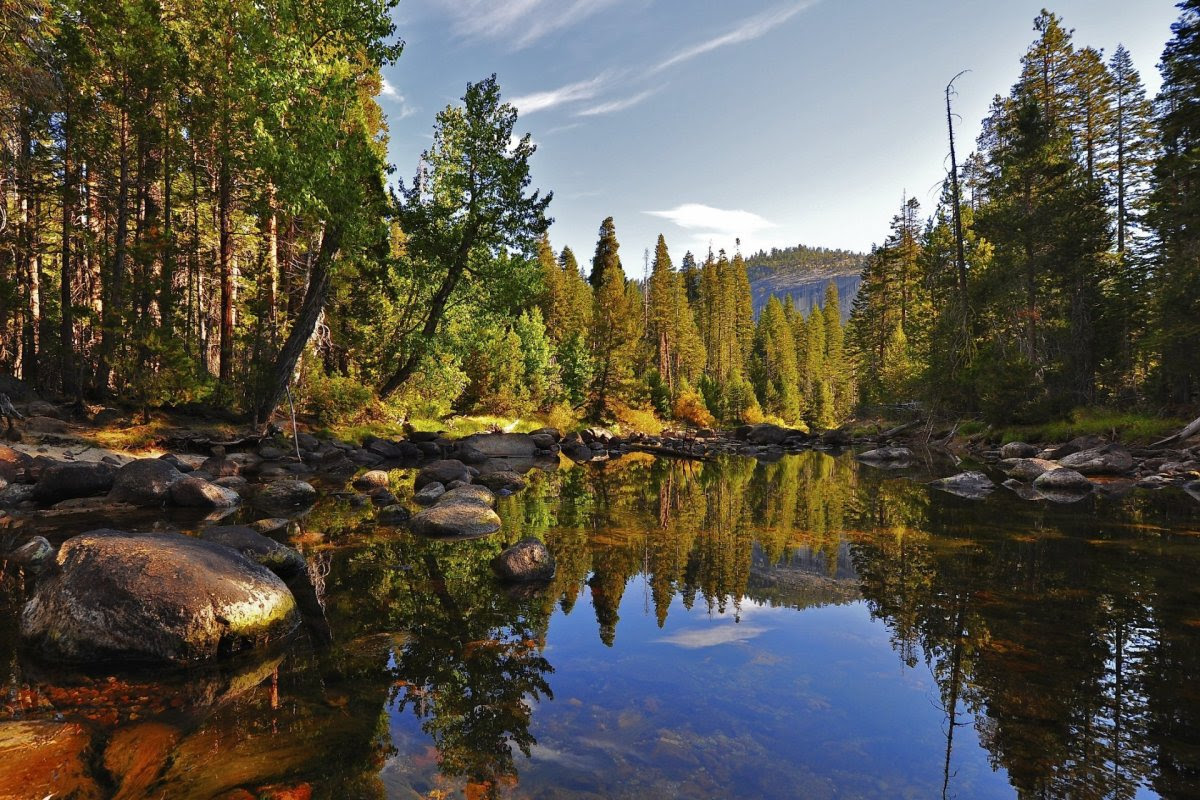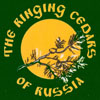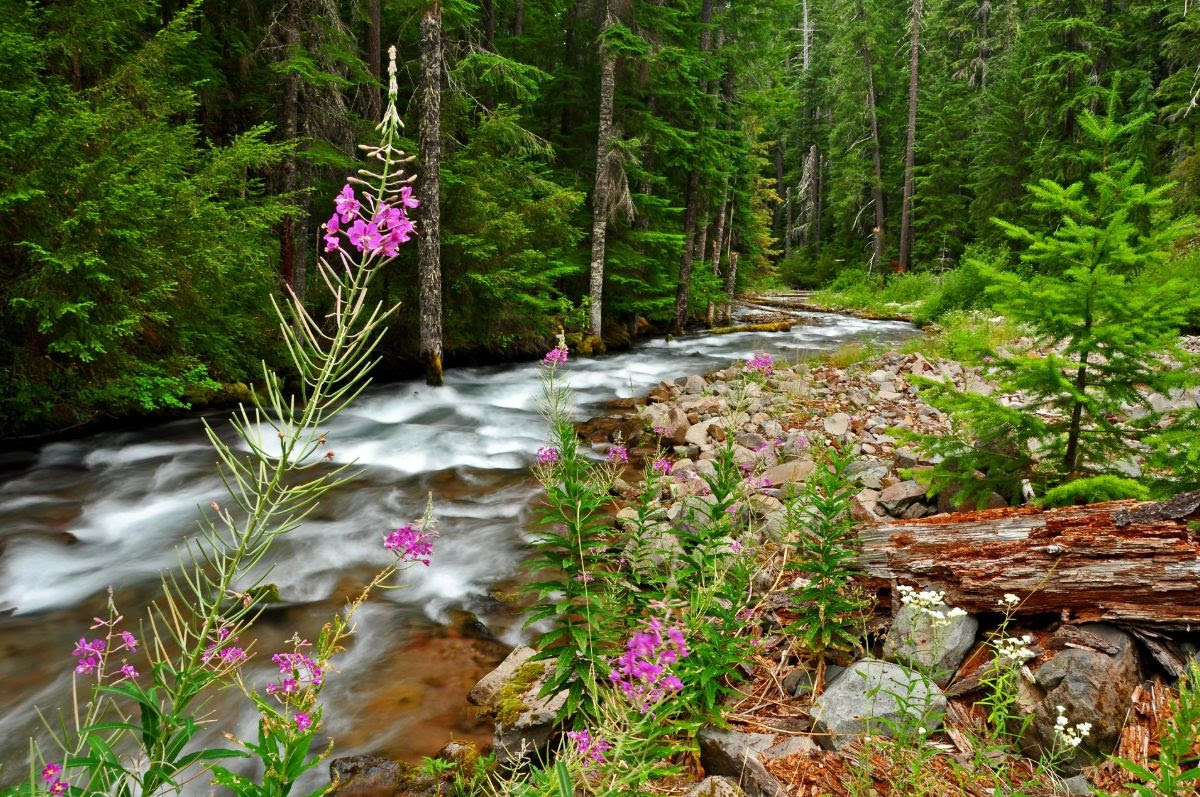
In the Siberian taiga, spring does not start according to the calendar: in early March, winter still reigns here. However, at this time, changes are already taking place in nature. The sun begins to warm strongly at noon, the first thawed patches around the trees begin to appear on the southern mountain slopes. By the end of March, the thawed patches begin to expand, and soon the first spring flowers appear: anemones, kandyk, coltsfoot, and lungwort.
The entire taiga is gradually awakening from its winter hibernation. Ants and butterflies appear. You can see deers that begin to look for the first greenery. Bears and chipmunks wake up. Birds are noticeably active at this time, marking the arrival of spring with their singing.
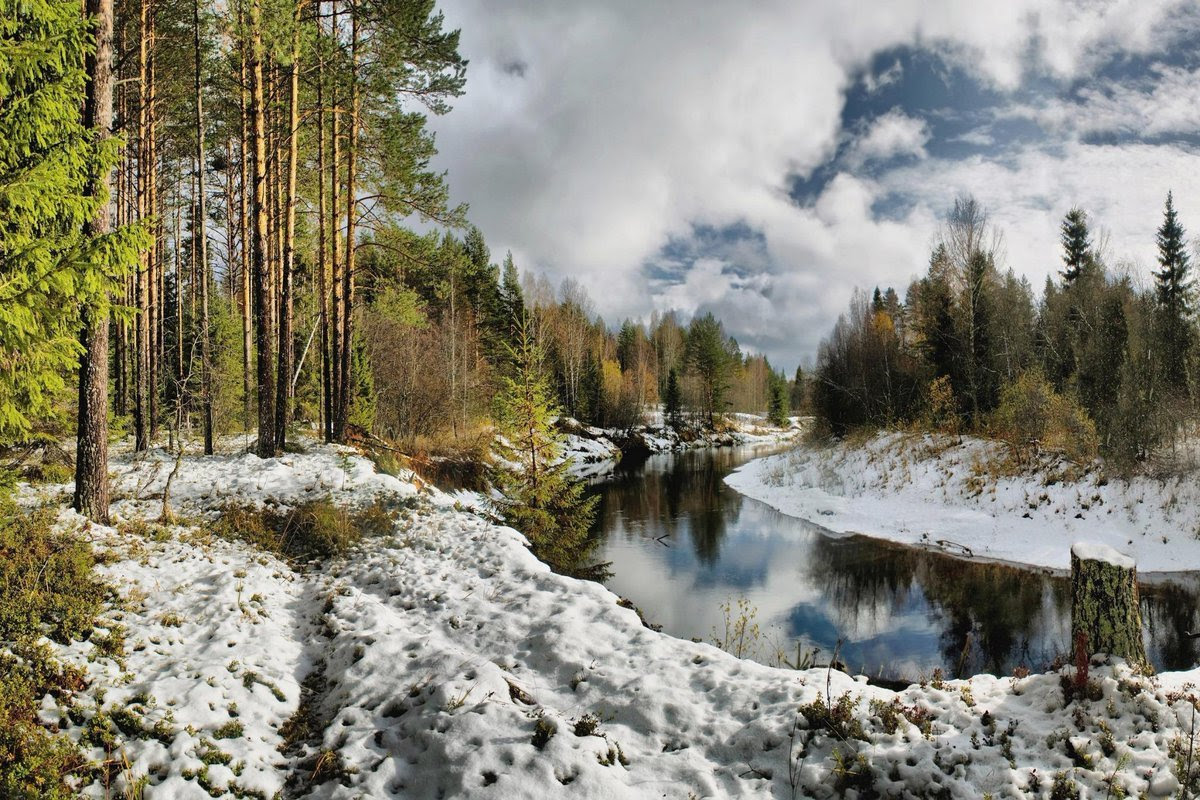
In the Siberian taiga, spring changes occur very slowly. There is still snow on the northern mountain slopes, but in the lowlands areas with shrubs have already been cleared of snow. Intensive snow melting occurs after the first rains. Slowly in the taiga there is an increase in positive air temperatures. Only at the end of April, the average daily temperatures reach five degrees, and in the second decade of May — ten degrees.
The ice on the rivers breaks at different times, depending on the climatic zone. In the southern and Eastern European taiga, rivers come to life in mid-April. However, in the depths of the Central Siberian taiga, rivers can remain ice-bound until June. Moreover, in different years, the melting of snow and ice can occur at different times. But in any case, by May, the forest is already noticeably coming to life. «Green spring» here is the time when alder, willow, bird cherry, birch, and larch are covered with buds and the first leaves bloom. The forest becomes completely green only by the beginning of summer, but in April and May one can already observe the awakening of nature from hibernation.
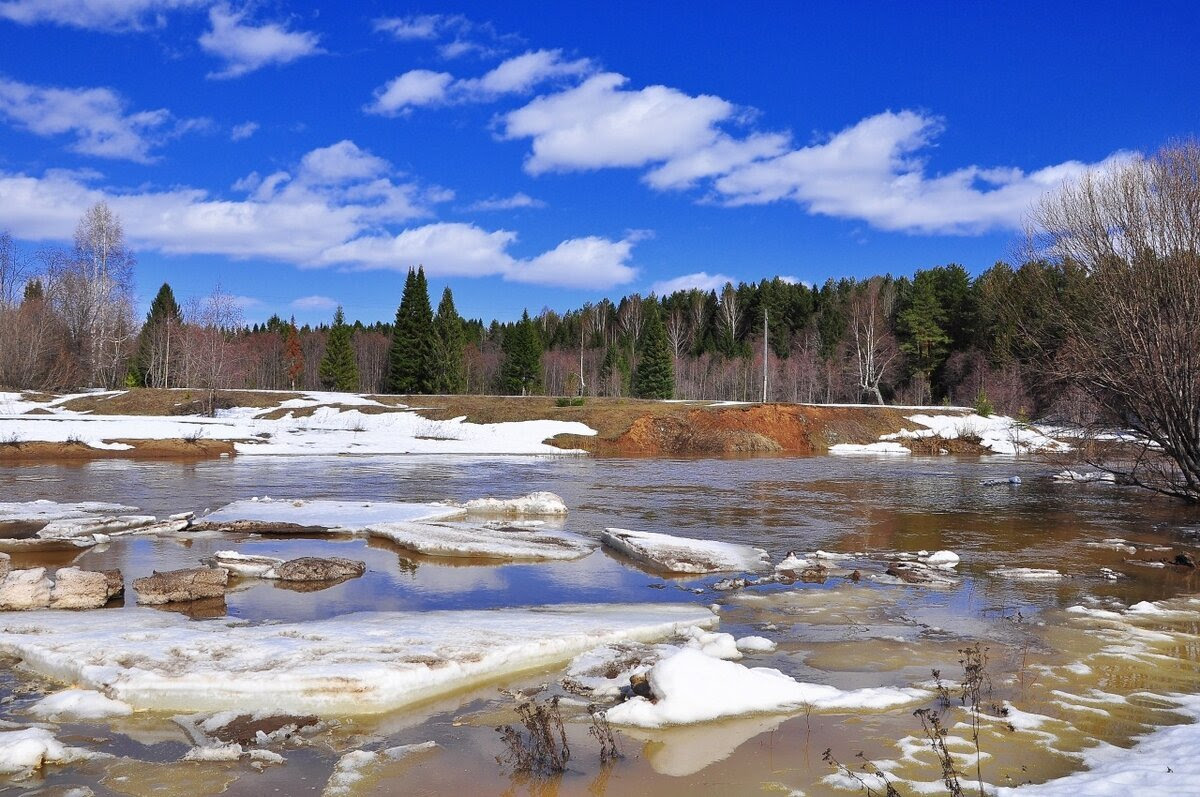
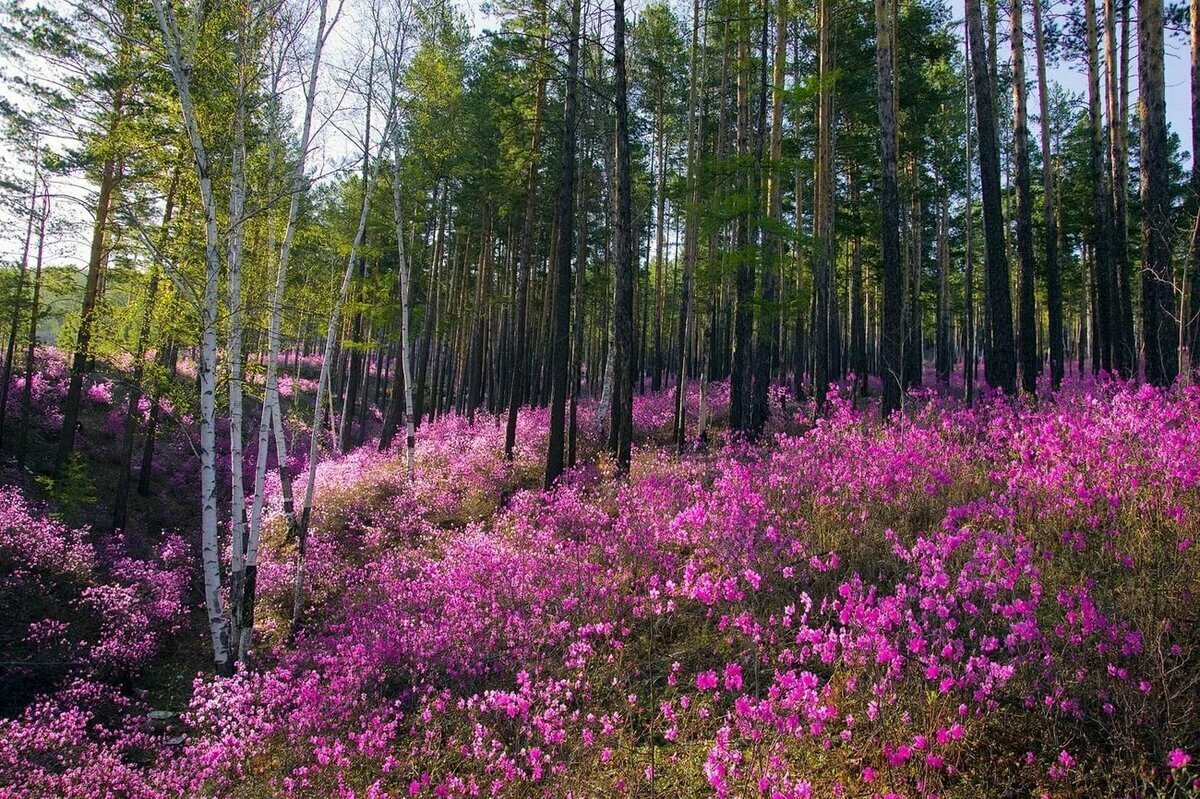
At the very end of spring, active vegetation of plants begins in the taiga. New trees appear, growing from seeds. Seeds in cedar cones that fell to the ground in autumn begin to thaw and germinate... All winter they lay in the ground, under a blanket of snow, and gained strength, energy, and nutrients. Taiga is a single organism where everything is interconnected. Without other plants and trees surrounding the seeds, without a long frosty winter, there would be no awakening. The birth of a small cedar from a seed is an amazing sight. A small green loop emerges from the thawed earth. It slowly straightens up, pulling a nut shell out of the soil — a shell in which life has managed to emerge during a long winter and a stormy spring. It is like a cap on the top of the stalk, and in it are the remains of a tasty nut. Gradually, the emerald panicle of needles opens, and the nut falls. The newborn cedar reaches up, to the cheerful singing of birds, to the noise of spring showers, to the mysterious and majestic sky above the endless taiga.
